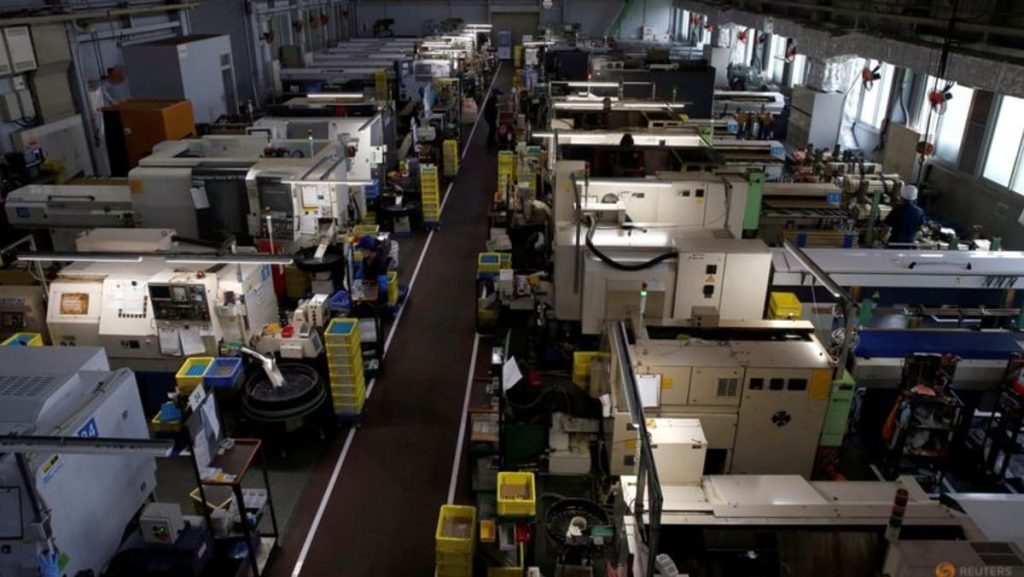In November, Japan’s factory activity experienced its most significant contraction in eight months, driven by sluggish demand that compelled companies to reduce production levels, as highlighted by a private sector report released on December 2. According to the final au Jibun Bank Japan manufacturing purchasing managers’ index (PMI), the figure fell to 49.0—a notable decline from 49.2 in October and the lowest point recorded since March. This index, which serves as a critical indicator of economic health, has remained below the critical 50.0 threshold that distinguishes expansion from contraction for five consecutive months, signaling a troubling trend for the manufacturing sector.
The contraction in the manufacturing performance is attributed primarily to a persistent decline in new orders, which continued in November, albeit at a slightly milder rate compared to October. This downturn in new orders has now persisted for over a year and a half, indicating sustained demand weakness both domestically and from international markets. Further compounding the situation, new export orders fell for the 33rd consecutive month, underscoring ongoing challenges Japanese manufacturers face in achieving growth in foreign markets.
Amid this backdrop of declining demand, companies adjusted their production levels, particularly in the semiconductor and automotive industries, leading to the sharpest reduction in output since April. The employment outlook also deteriorated, as firms recorded a decrease in hiring for the first time in nine months, indicating a cautious approach to workforce management in light of the economic climate. The persistent struggle to maintain demand is exacerbated by challenges within key industries that have historically supported Japan’s manufacturing sector.
Despite the decline in activity, manufacturers are witnessing notable pressure from input costs. These pressures have remained significant, driven by rising labor costs, logistical expenses, and elevated prices for raw materials sourced from abroad. With output prices reflecting an increase that has reached the highest level since July, firms are opting to raise selling prices more aggressively as a strategy to safeguard their profit margins amidst these rising costs. This response underscores the delicate balance companies must maintain between managing costs and retaining competitiveness in a challenging market environment.
In a broader economic context, recent data from the Japanese government revealed an acceleration in core consumer inflation in Tokyo during November, with rates surpassing the Bank of Japan’s 2 percent target. This inflationary trend has stirred market speculation regarding a potential interest rate hike in the near future, as the central bank may look to mitigate inflationary pressures while fostering economic stability. Analysts are closely monitoring these developments, as shifts in monetary policy could further influence manufacturing activity and overall economic health.
Interestingly, despite the ongoing challenges in demand and manufacturing performance, confidence levels among Japan’s manufacturers have seen an uptick. The survey reflected an increased optimism regarding business prospects, marking the highest confidence level in three months. This optimism is largely fueled by expectations surrounding new product launches and a broader anticipated economic recovery. Such a mindset might provide a silver lining, suggesting that while current conditions are difficult, there is potential for improvement in the near future as companies adjust and innovate in response to changing market dynamics.

